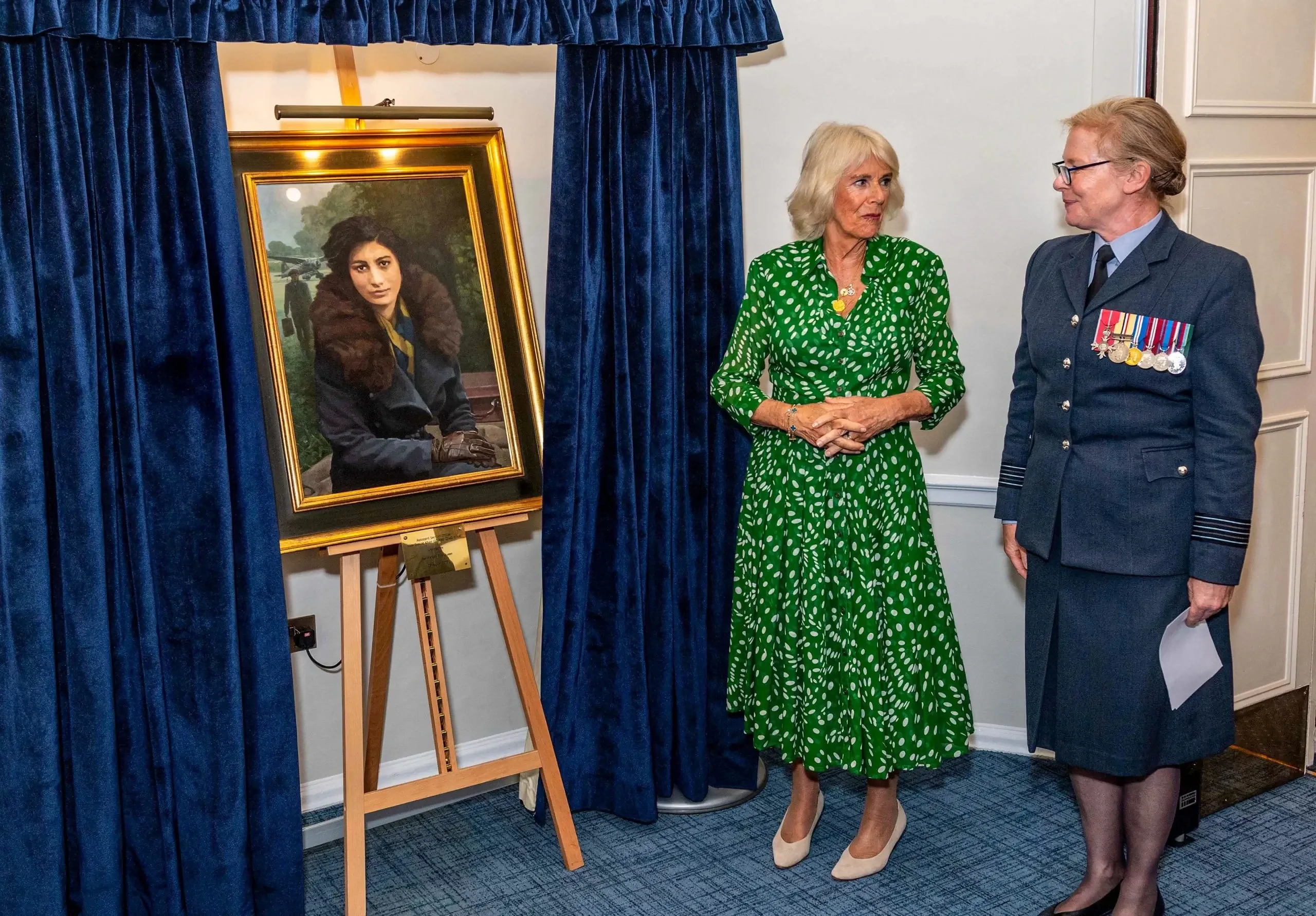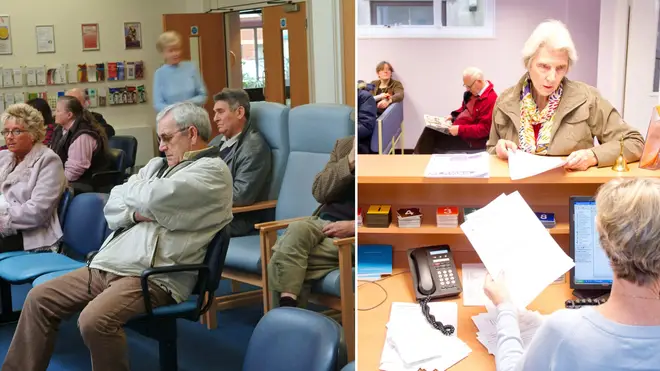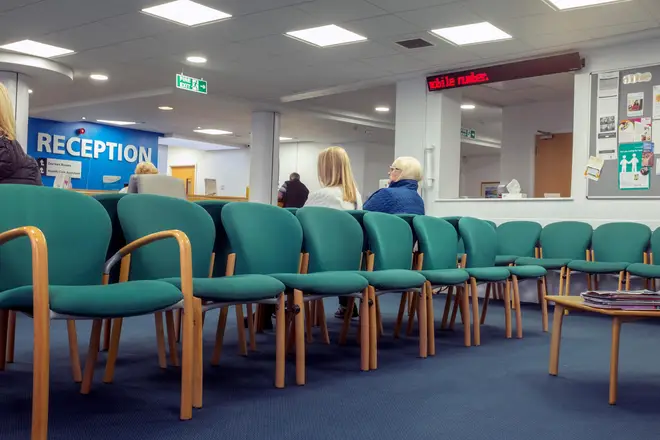Gillian Keegan has been making headlines in recent weeks with a novel take on education, especially coming from a sitting education secretary. Keegan started by telling students that in ten years’ time no one will care about A-level results. A few days later she claimed that in 30 years in business she never asked anyone for their A-level results. Not exactly motivating talk for students receiving various exam grades last month.
These statements make more sense when understood as part of a wider campaign from Keegan to disparage mainstream education routes and promote apprenticeships, and in particular degree apprenticeships, as a key plank on which to fight the next election. This can be seen in an August article in The Sun, where Keegan criticised Labour for a “blind push” to get people into university, while suggesting degree apprenticeships are “under threat” from any future Labour government. This reflects prime minister Rishi Sunak’s own promise to crack down on “rip-off university courses” alongside boosting apprenticeships.
Within this campaign Keegan makes frequent reference to her own background as an apprentice, even claiming she did a “degree apprenticeship” (a statement that fails to acknowledge that the degree apprenticeship model was only introduced by the conservative government in 2015).
A lot has changed since the 16-year-old Keegan started her apprenticeship with General Motors in the early 80s, and not much of it has been positive for apprentices.
National sentiment?
Leaving aside the fact that degree apprenticeships are inherently collaborations between universities and employers (hence ‘degree’), this anti-university, pro-apprenticeship campaign does seem to be tapping a broader sentiment in some sectors across England. Mainstream media outlets increasingly run pieces highlighting degree apprenticeships as a positive alternative to university, including recent articles from the BBC and the Guardian. A YouGov study earlier this year also found that parents are now generally more positive about apprenticeships than mainstream university courses. Even the king has been vocal in his support for apprenticeships.
But while the media, politicians, royals, and parents all seem falling in line behind the apprenticeship push, YouGov found that students still prefer the traditional university experience. This includes seeing it as a better route to a good job and high wage than an apprenticeship. This is further backed up by data from The Sutton Trust who reported only 40% of students interested in undergraduate degrees were also interested in apprenticeships, and just 4% of students see apprenticeships as prestigious, compared to 76% for universities.
Considering apprentices gain a wage and pay no fees, compared to mainstream university students who increasingly graduate with life-limiting debt, this lack of interest is all the more notable. However, based on the experiences of apprentices today, students may have it right on this one.
Growing problems
After the introduction of conservative apprenticeship reforms in the mid-2010s, including apprenticeship standards, degree apprenticeships, and the apprenticeship levy to pay for all this, apprentice numbers in England fell off a cliff edge, going from around 500,000 starts per year to fewer than 350,000 for the past few years. This drop in apprentices has been particularly stark amongst young people and school leavers. As a result, contrary to Keegan’s claims of degree apprenticeships offering a realistic alternative to university, Sutton Trust have actually found that “just a small number of higher and degree apprenticeships are open to young people leaving school”.
Perhaps more worryingly, Sutton Trust also found degree apprenticeships admit a lower percentage of young people eligible for free school meals than other university courses. Elsewhere this has been described as the “middle-class grab” of apprenticeships. This means that commonly parroted arguments that apprenticeships promote social mobility or widen participation are, under the current model, false.
The issues do not stop there. While Keegan proudly highlights that there are now 670 approved apprenticeship standards to choose from, what she won’t say is nearly 1 in 10 have never taken on a single apprentice. But it is the support for apprentices who have already started that should be more worrying. Drop-out rates for apprenticeships consistently hover around 50%, or five times those for mainstream university routes. The figures are slightly better for degree apprenticeships, but 42% of these starts still do not successfully complete. These achievement rates are even worse for women, ethnic minorities and people with disabilities.
It is therefore undeniable that apprentices are being failed by the current apprenticeship model. But elsewhere, business is booming.
Business is booming
Although analysis shows that small and medium businesses lost over 50% of their apprenticeships after the apprenticeship levy was introduced in 2017, large multi-national consulting firms such as PwC, Deloitte and EY are all in the top ten employers of apprenticeships in England. Notably these are all firms that are being increasingly criticised for their close relationships to the current government.
The most popular degree apprenticeships, seeing consistent growth, are also those related to expensive higher level management, accountancy and business qualifications that would particularly benefit these firms. The Chartered Institute of Personnel and Development estimate that £2bn in apprenticeship levy funding has already been spent on courses of this nature.
The government were warned this would be the likely outcome of their apprenticeship reforms, including by National Audit Office, Ofsted and employers, but they pushed ahead regardless. Even the Richard Review in 2012, on which many of these changes were based, warned that apprenticeship funding should not be used to fund training for existing staff. Yet this has remained a central facet of the apprenticeship levy model.
All this essentially means that the apprenticeship funding that we are being told is going to support school leavers and social mobility, is actually subsidising consultancy firms and other large businesses to provide executives and managers, typically already on high wages, with qualifications they would otherwise be paying for out of their own (deep) pockets.
In their current form, apprenticeships in England are therefore not employer-led, provider-led or apprentice-led, they are government and big business-led.
Government-led
The apprenticeship model currently imposed in England also sidelines the knowledge and experience of professions in educating and training their own workforces in favour of inflexible and prescriptive monitoring from above. This has been one of the major arguments put forward by those opposing proposals for a new apprenticeship for doctors. This new route would relegate hundreds of years of experience in training future doctors to a secondary consideration in favour of an apprenticeship model that, for all intents and purposes, has been an abject failure to this point.
My own experience working with social work degree apprenticeships suggests these concerns are well founded. Despite social work in England already having well-established models of practice-based learning built into all qualifying routes, the degree apprenticeship was broadly welcomed into the profession when a standard was approved in 2018. Of course it is unlikely universities and employers would have spent so much time and energy chasing down apprenticeship funding if other qualifying routes were adequately funded, but that is a topic for another day.
Deficits in the apprenticeship model
Unfortunately, some major problems with the social work degree apprenticeship were apparent from the start, most significantly in relation to the degree apprenticeship standard itself. The standard was unworkable as approved, and so had a special “dispensation” attached to it for the first few years. A new standard was published in October 2022 to overcome these issues, but the wrong version was uploaded, containing many mistakes.
At the time of writing, those mistakes have still not been fixed. This means that there are undoubtedly apprentices, and apprenticeship providers, working with the wrong standard across the country. In any other context as a profession we would have been able to work together to overcome these challenges. With apprenticeships, we are at the mercy of the same restrictions and processes imposed on hundreds of other professions.
Social work apprentices are already arguably at a disadvantage compared to their colleagues qualifying through other routes. They are technically required to complete what would otherwise be a full-time social work degree in just six hours designated off-the-job time each week. Within this truncated timeframe, social work apprentices also have to meet a range of additional obligations and monitoring exercises not imposed on other students. These workload issues are a major concern, as IFF Research found that the top reason apprentices drop out is that they lack the time to engage with their training and learning.
It has taken an immense amount of time and investment from both universities and employers to overcome these issues and support the first few hundred social work apprentices to qualify. Unfortunately, much of this has involved trying to overcome the deficits in the apprenticeship model imposed on us, taking away from the time that we could be spending supporting the development of our future colleagues.
An English beast
These issues are not exclusive to social work, and industries from retailers to tech to clockmakers have all argued that the inflexibility of apprenticeships means thousands of prospective apprentices are lost every year. As with social work, these professions are all expected to constantly chop and change to meet shifting government expectations around apprenticeships, rather than getting on with the core business of developing and supporting apprentices.
As a final point, it is important to highlight that degree apprenticeships are not an inevitability. We may need to accept that, as with many recent educational reforms, England have just got it wrong here. Labour are already pledging to reform the apprenticeship levy if they win the next election. However, many of the firms doing well out of the apprenticeship status quo have also been building close partnerships with Labour. So maybe expectations should be tempered that any changes implemented by a new government will go beyond just creating more upheaval for apprentices and the professions they hope to join.

 Jenrick was responding to a
Jenrick was responding to a 









